Planning a trip to Peru? Understanding the sol currency is essential for managing your budget and avoiding tourist traps. This quick guide breaks down everything you need to know — from where to get the best exchange rates to how much cash to bring, plus tips from a local guide in Cusco. Whether you're exploring Machu Picchu or shopping in a local market, paying in soles will almost always save you money.
What is the sol currency and when should travelers use soles vs USD?
The Peruvian sol (symbol: S/ or PEN) is the official currency of Peru. While U.S. dollars are accepted in tourist-heavy businesses, you’ll always get better deals by paying in soles — especially in markets, taxis, and local eateries.
When Should You Use Soles vs U.S. Dollars?
In my experience, travelers get confused about when to use USD. Here’s the rule I always tell my tour groups:
- Use USD: Hotels, tour agencies, upscale restaurants (especially in Lima and Cusco).
- Use Soles: Markets, taxis, local buses, street food, entrance fees, tips.
“ Tip: Carry both USD and soles, but pay with soles whenever possible. Many vendors offer poor conversion rates if you pay in dollars. ”
Denominations of the Peruvian Sol
Denomination | Details |
| Bills | 10, 20, 50, 100, 200 soles |
| Coins | 0.10, 0.20, 0.50 céntimos, 1, 2, 5 soles |
"Tip: Keep small bills. Many shops, taxis, and markets won’t accept 100 or 200 soles notes."
The sol currency is issued in colorful banknotes of 10, 20, 50, 100, and 200 soles. Each bill highlights national heroes, cultural symbols, and iconic landmarks of Peru. Travelers should always carry smaller denominations — since many shops, taxis, and markets may refuse 100 or 200 soles notes due to lack of change.
In addition to paper money, the sol currency also includes coins of 10, 20, and 50 céntimos, as well as 1, 2, and 5 soles. These coins are widely used for everyday transactions such as buses, markets, and tipping. They often feature Peru’s coat of arms and commemorative designs celebrating national heritage.
Exchange Rates in 2025: What You’ll Get for Your Money
As of August 2025:
- 1 USD ≈ 3.5–3.6 PEN
- 1 EUR ≈ 4.1–4.2 PEN
- 1 GBP ≈ 4.7–5 PEN
Live USD to PEN Rates and Trends This Year
Here’s the average exchange rate trend for USD to PEN in 2025:
Month | Avg. Rate |
| January | 3.7 |
| April | 3.65 |
| August | 3.52 |
Check current rates here:
Where to Exchange Money in Peru: City-by-City Tips
Lima: Best rates in Miraflores and downtown. Avoid airport kiosks.
Cusco: Reliable casas de cambio on Avenida El Sol.
Aguas Calientes: Worst rates. Exchange before going.
Tips:
- Compare at least two places.
- Only accept clean bills.
- Never change money on the street.
When to Pay in USD and When to Use Soles
| Place | Recommended Currency |
| Hotels | USD |
| Tour agencies | USD |
| Upscale restaurants | USD or Soles |
| Markets, taxis | Soles |
| Rural areas | Soles only |
“In rural villages around the Sacred Valley, even 5 soles can go a long way — and dollars are often useless.”
Using ATMs and Cards in Peru: Avoiding Hidden Fees
ATM Fees:
- Local bank fee: 12–20 soles
- Foreign bank fee: up to 3%
- Max withdrawal: 700–1000 soles
Tips:
- Use ATMs inside banks.
- Withdraw larger amounts.
- Always choose PEN, not USD.
Apple/Google Pay: Growing in Lima, limited elsewhere.
Budgeting Your Trip: How Much Cash You’ll Need Per Day
| Traveler Type | Daily Budget(PEN) | Approx. USD |
| Budget | 120-180 | $33-$48 |
| Mid-range | 220-380 | $60-$100 |
| Comfort | 400-700+ | $105-$185+ |
Real Tips from a Local Guide: Avoid These Common Mistakes
- Never exchange at airports.
- Always ask for rate before exchanging.
- Refuse damaged bills.
- Don’t rely on cards in small towns.
- Exchange before Machu Picchu.
FAQs: Money, Cards, and Currency in Peru
Is the sol currency widely accepted across Peru?
Yes, the sol currency (PEN) is accepted everywhere in Peru, from major cities like Lima and Cusco to rural villages. It’s the official and preferred currency for daily transactions. Even though some tourist services accept U.S. dollars, locals always price goods and services in soles, so having PEN on hand is essential.
Can I use U.S. dollars instead of the sol currency?
You can use U.S. dollars in some hotels, tour agencies, and upscale restaurants — mostly in tourist areas. However, you'll often receive change in soles, and at a poor exchange rate. For anything local — markets, taxis, street vendors, entrance fees — only the sol currency is accepted.
Where is the best place to exchange money into sol currency?
The best exchange rates are found at licensed casas de cambio in central Lima (Miraflores) or Cusco (Avenida El Sol). Avoid airport kiosks and street exchangers, as they offer worse rates or counterfeit risks. When exchanging, ensure your U.S. dollar bills are clean and untorn — damaged notes may be rejected.
Are ATMs a good way to get sol currency in Peru?
Yes, ATMs are a convenient and reliable way to withdraw sol currency in cities and towns. However, they come with fees:
Local ATM fees: 12–20 soles
Foreign bank fees: up to 3%
Withdrawal limits: 700–1000 soles per transaction
Use ATMs inside banks or malls, and always choose to be charged in soles (PEN) — not in USD — to avoid Dynamic Currency Conversion (DCC) fees.
Can I use credit or debit cards everywhere in Peru?
Credit and debit cards (Visa and Mastercard) are widely accepted in urban areas — restaurants, hotels, and large stores. In rural areas and markets, cash in sol currency is king. Be aware:
Some vendors charge a 5% card fee.
Many places don’t accept Amex or Discover.
Mobile payments (Apple Pay/Google Pay) are emerging but still limited.
How much sol currency should I carry daily for travel?
It depends on your travel style:
Budget traveler: 120–180 soles/day
Mid-range traveler: 220–380 soles/day
Comfort/luxury traveler: 400–700+ soles/day
Always carry some small bills and coins, especially when exploring local areas, tipping, or taking taxis — where sol currency is the only option.
Is tipping expected in Peru, and should I tip in sol currency?
Tipping isn’t mandatory, but it's appreciated. And yes — always tip in soles. Here’s a general guide:
Restaurants: 10% (if not already included)
Tour guides: 10–20 soles/day
Drivers: 5–10 soles or round up
Hotel staff: 2–5 soles for luggage or cleaning
Taxis: rounding up is enough
How can I avoid getting scammed with sol currency or fake bills?
To avoid scams:
Exchange only at licensed currency exchange offices or trusted ATMs.
Learn how to identify fake bills: check watermarks, texture, and holograms.
Avoid street money changers.
Count change in front of vendors.
Don’t accept ripped or heavily worn notes — many shops will refuse them later.
Final Tips Before You Land in Peru
Managing your money wisely is one of the easiest ways to make your trip smoother. Use the sol currency for everyday expenses, avoid exchanging at airports, and stick to trusted casas de cambio or ATMs inside banks. With just a little preparation, you’ll stretch your budget and travel with peace of mind.
If you’d like expert guidance during your journey, join us at Conde Travel Adventures.
Contact us: info@condetraveladventures.com
WhatsApp: +51 984 800 095

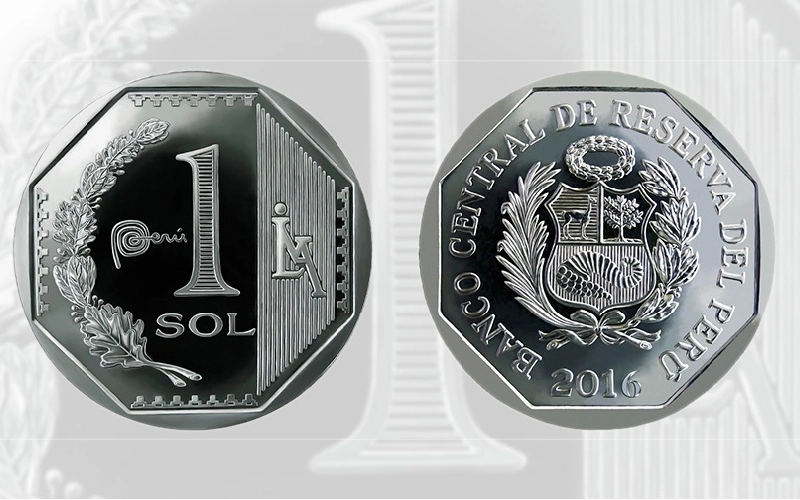
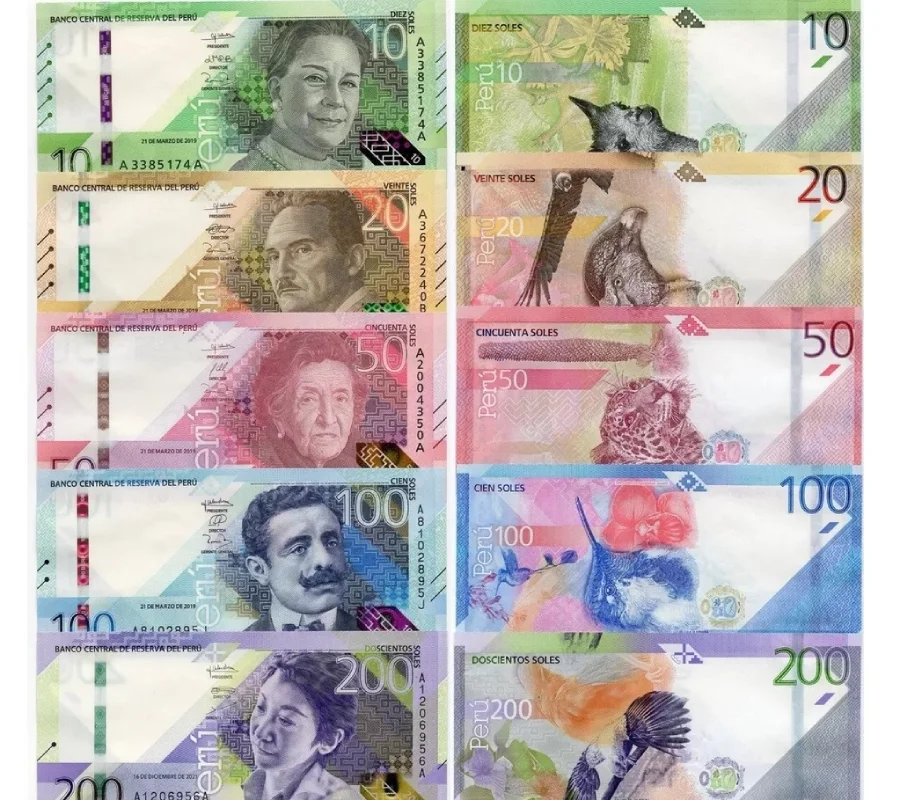
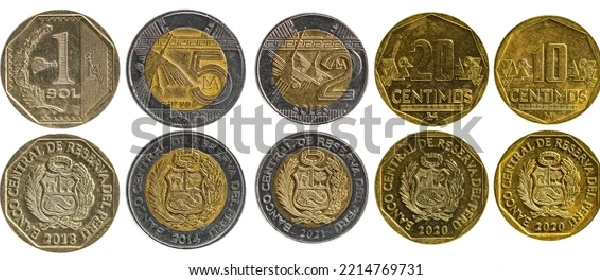
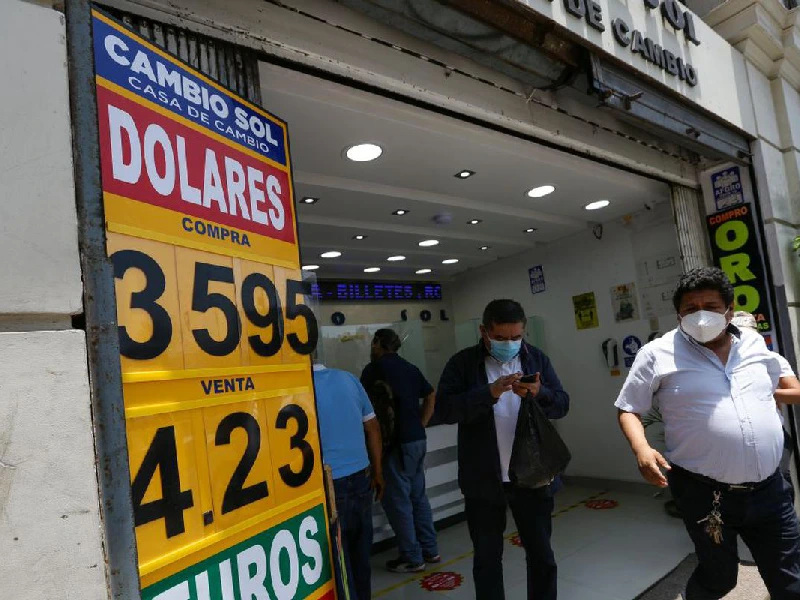
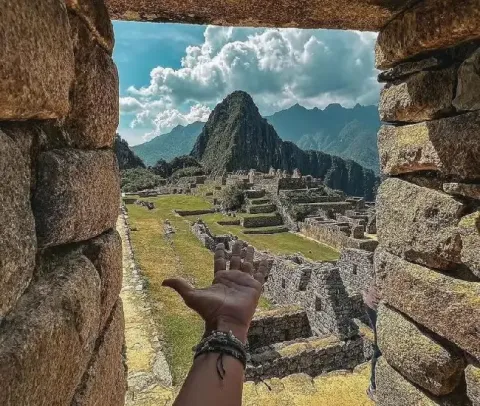
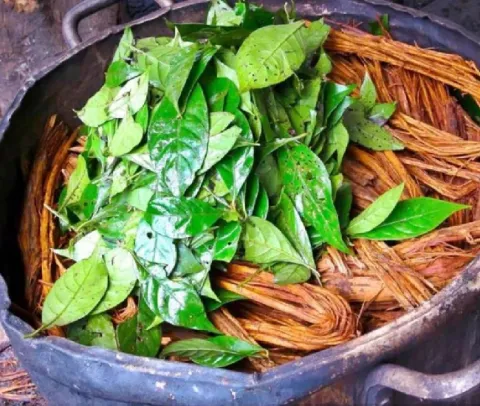
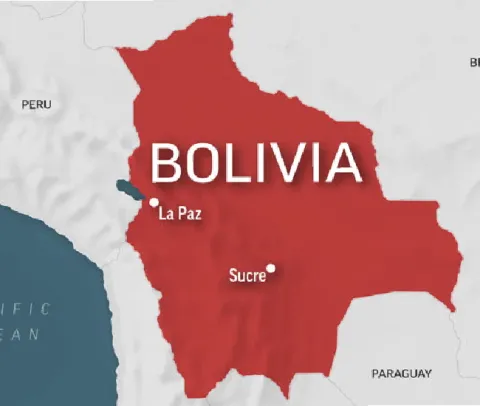
Add new comment